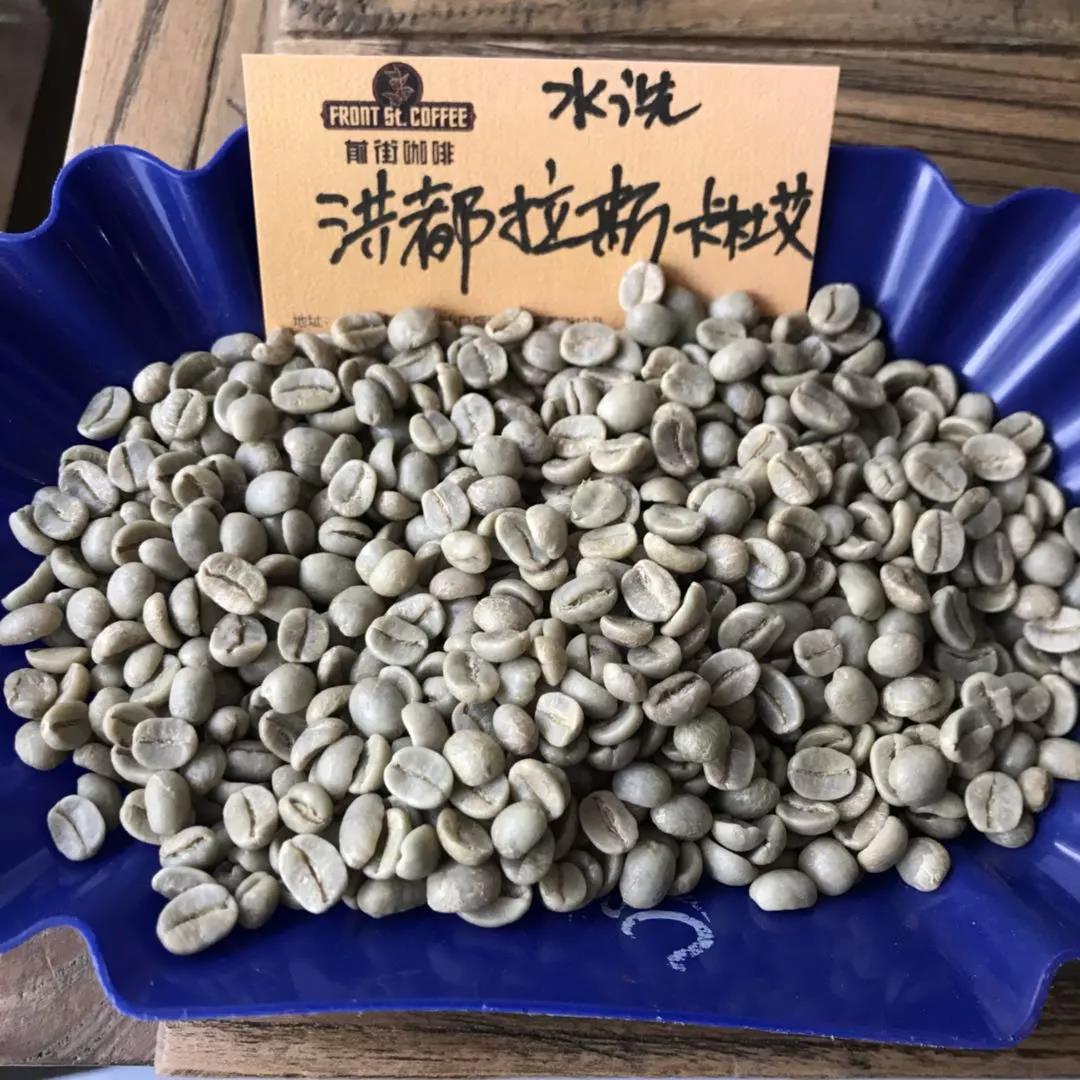Introduction to the method of regional treatment for flavor description of coffee bean varieties in Uganda
Introduction to the method of regional treatment for flavor description of coffee bean varieties in Uganda
Due to the shortened delivery time, people drink relatively fresh coffee beans. But people who are used to drinking Chen beans are not used to the fresh taste, so they desperately pursue old Java coffee, so that the Indonesian government and some businessmen deliberately store fresh beans in warehouses for one or two years and then sell them to consumers. In fact, compared with fresh beans, the acidity of aged Java beans is close to zero, but the flavor is more intense. Because of the long storage time, the increase in cost and the limited quantity, Java has always been a hot item in the coffee market. In the 1880s, 0 merchants deliberately tampered with some fresh Guatemalan or Venezuelan beans to imitate aged Java for high prices. It is intolerable that 0 merchants dye coffee beans to make them look more like old Java, but there is no doubt that the dyed chemicals are certainly toxic.
In order to improve the quality and reduce the cost of coffee, Uganda cancelled the exclusive management right of the Coffee Management Committee (Coffee Marketing Board, referred to as CMB) in November 1990. Most of the work originally undertaken by the Coffee Management Committee has now been handed over to the cooperative organization. Privatized coffee accounts for 2% of the country's export revenue, so the government imposes a tax on coffee shops, hoping to increase much-needed revenue. But instead, coffee exports fell by 20%, and coffee smuggling became more and more serious.
Like Tanzania, the rise in coffee prices in recent years has encouraged farmers to return to their estates and reclaim once-abandoned land to grow coffee, and the Ugandan coffee industry looks promising.
AA: this is a more common grade. Coffee beans are larger in size and have a particle size higher than 18 mesh or 7.22mm. This kind of beans usually get the highest price.
AB: this grade coffee bean combines A (particle size 16 mesh or 6.80mm) with B (particle size 15 mesh or 6.20mm); accounts for about 30 per cent of Kenya's annual coffee production.
C: this grade is lower than that of AB and is rare in high-quality coffee.
TT: a lower grade, mostly consisting of small beans removed from AA, AB, and E beans. If screened by density, the lightest beans are usually TT.
T: the lowest grade, usually made up of coffee crumbs and broken beans.
MH | ML: these two abbreviations stand for Mbuni Heavy and Mbuni Light. Mbuni means coffee beans that are sun-treated. These beans are considered to be of low quality, usually with immature or overripe coffee beans, and the price is quite low. This grade accounts for about 7% of Kenya's annual coffee production.
On the western slope of the Mr. Elgon, near the Kenyan border in the east, a very good Arabica bean, called Bugisu or Bugishu, is produced, which is similar to Kenya in flavor but thinner in texture.
The coffee growing industry in Uganda is one of the pillar industries of its exports. Uganda is the birthplace of Robsta in Africa, and now there are wild Robusta species, as well as high-quality high-altitude Arabica coffee. In Uganda (Uganda), Arabica coffee beans account for only 15% of the country's total coffee production, and Uganda's best coffee is mainly produced in the mountains of Elgon and Bugisu along the Kenyan border in the north-east and Ruwensori in the west. The main sales areas and quality grades of Ugandan coffee are: Bujisu Bugisu AA (accounting for only 4% of the total national production), Bujisu Bugisu A, Vago Wugar A (all of the above belong to water washing treatment), and a small amount of sun-dried bean beads Drugar

Important Notice :
前街咖啡 FrontStreet Coffee has moved to new addredd:
FrontStreet Coffee Address: 315,Donghua East Road,GuangZhou
Tel:020 38364473
- Prev

Flavor description of Brazilian Yellow bourbon Coffee an introduction to the taste of the manor produced by the treatment method.
Brazilian yellow bourbon coffee flavor describes the taste characteristics of the processed manor: sweet and smooth fruit, obvious nutty flavor, balanced and supple acidity, weak and clean bitterness, rich chocolate aroma and nutty flavor. the palate is bright and fresh. Among the many varieties of coffee in Brazil, yellow bourbon is one of the most outstanding varieties.
- Next

The taste and flavor of Honduran coffee beans-the taste of coffee beans washed with water
The taste and flavor of Honduran coffee beans-the taste of coffee beans washed in Honduras. Coffee producing areas are divided into six major producing areas, covering the west and south, namely Santa Barbara (Santa Barbara), Perry (El Paraiso), Coban (Copan), Bazi (La Paz), Gongmayagua (Comayagua) and Olanqiu (Olancho). The average planting is high.
Related
- Detailed explanation of Jadeite planting Land in Panamanian Jadeite Manor introduction to the grading system of Jadeite competitive bidding, Red bid, Green bid and Rose Summer
- Story of Coffee planting in Brenka region of Costa Rica Stonehenge Manor anaerobic heavy honey treatment of flavor mouth
- What's on the barrel of Blue Mountain Coffee beans?
- Can American coffee also pull flowers? How to use hot American style to pull out a good-looking pattern?
- Can you make a cold extract with coffee beans? What is the right proportion for cold-extracted coffee formula?
- Indonesian PWN Gold Mandrine Coffee Origin Features Flavor How to Chong? Mandolin coffee is American.
- A brief introduction to the flavor characteristics of Brazilian yellow bourbon coffee beans
- What is the effect of different water quality on the flavor of cold-extracted coffee? What kind of water is best for brewing coffee?
- Why do you think of Rose Summer whenever you mention Panamanian coffee?
- Introduction to the characteristics of authentic blue mountain coffee bean producing areas? What is the CIB Coffee Authority in Jamaica?

